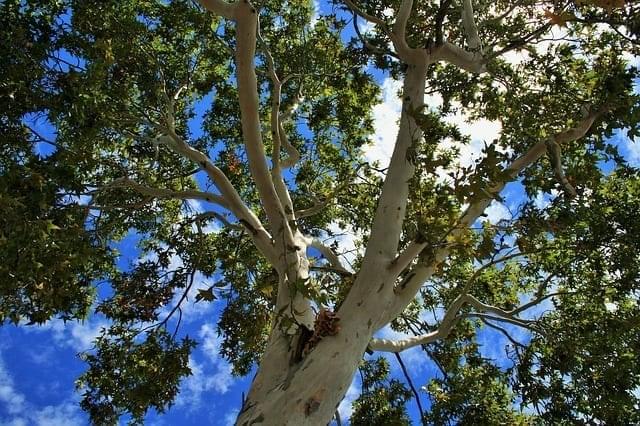Herbal Nerd Society Exclusive Article. Traditional Western Herbalism, TCM, and Ayurveda energetics for Cottonwood, Poplar, and Balm of Gilead are generally warming and drying. Cottonwood is used for pain relief and infection prevention.
Read this article and all of our other Herbal Nerd Society Content.
Become a Member Today. Join Us Here. | Already a Member just log in here.







